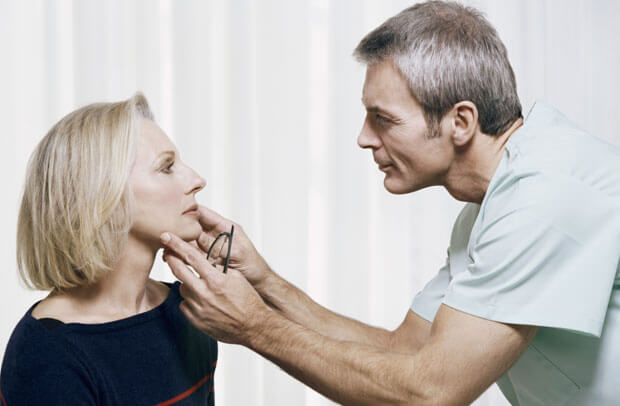
Nose aesthetic surgery is one of the most aesthetic operations our people have done. However, in 10 percent of rhinoplasty surgeries, revision (secondary rhinoplasty) operation, that is, the second operation need for correction.
There are several reasons that lead patients to revision nasal aesthetics, but the most important of these is that the patient is not satisfied with the result after the operation.
When the need for revision rhinoplasty surgery becomes evident, this procedure may be in the form of a small routine or intervention under local anesthesia; or, under general anesthesia, a secondary operation (revision nasal aesthetics) can be eliminated.
There are some criteria for the need for revision nasal aesthetics.
It is very important for the patient to be conscious about the new nose structure to be created within the scope of the possibilities offered by the nose structure, to have a realistic expectation, and to ensure permanent satisfaction after the operation. The second criterion is the knowledge and experience of the doctor.
Patient’s skin structure, cartilage resistance or weakness, previous intranasal curvature surgeries, serious traumas and fractures in the past, and the healing tissue properties of the patient are the determining factors of the outcome of the rhinoplasty surgery.
These three criteria play a leading role in the smooth completion of the first operation.
For revision rhinoplasty (secondary rhinoplasty), at least 6 months must pass after the first rhinoplasty. Because it is important to see full recovery in the nose and to clearly identify the defects. One of the minor and major correction operations is preferred.
Minor operations are usually completed in 30 minutes. For example, if there is a collapse in the back of the nose, according to the patient’s preference, this part is restored to the planned appearance by filling. It is a temporary but comfortable solution. It needs to be repeated.
Major applications can take an average of 3 hours or more. It is performed under general anesthesia. Often open nose surgery technique is preferred. If the tissues in the nose are removed, cartilage tissue transplantation is performed to restore the ideal form of the defective areas. Deformities and defects that negatively affect breathing are eliminated.
Complete Healing After 6 Months At least 6 months are required for the nose to be fully seated and to have its natural appearance. Although the failure of the first operation creates a just uneasiness and insecurity in the patient, the natural nose shape that is satisfactory, suitable for the face, can be obtained from the second nose aesthetic surgery.
By making an appointment with our team, you can start your process and create an appointment for the examination.
In hospitals where we trust the quality of service, the necessary tests and controls are carried out by the specialists after your hospitalization, and your preparations for the rhinoplasty surgery are completed.
You can be discharged after being hospitalized for 1 night after nose surgery, and you can apply the treatment methods recommended by your doctor during the healing process.